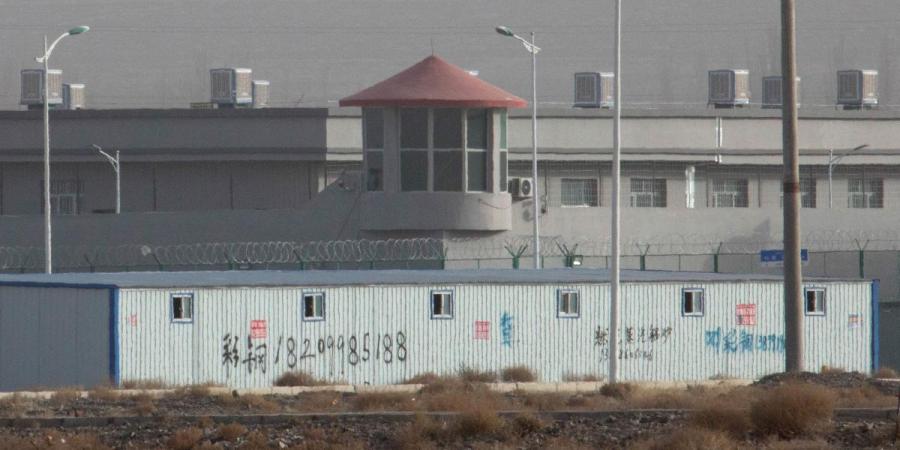Using satellite imagery and tender documents of official construction, an Australian think tank (ASPI) has mapped 380 detention centres in China. Australian Strategic Policy Institute has found out about the detention centers in the Xinjiang region of China. This disclosure was made by the think tank under their Xinjiang data project. This is one of the three regions in China with preponderant Muslim population, the other two being Ningxia and Gansu. The detention camps mapped in the Xinjiang Uyghur Autonomous region are a hint to the concrete shift in the policy focus of detaining the Muslim population in China in makeshift detention centers to building permanent structures for the detention purposes.
This group of detention centers has been under expansion since 2017. These camps have been allegedly a part of assimilation program specifically directed at the Muslims who have been in violent opposition to the Chinese rule over them. It is also known to fall under the Sincization process. This binary opposition between the Chinese and the Muslims especially the Uyghurs is similar to that between the Chechens and the Russians. Shohrat Zakir, the regional government chairman in that area has denied claims by the international media that these centers are being attended by around one or two million people. The larger assimilation program under which these detention centers have been developed also has measures like placing people of Han ethnicity in that region which would supposedly help in cultural integration of the people of that region with China.
A key researcher in the ASPI think tank, Nathan Ruser wrote in one of his reports that there are many extrajudicial detainees in these centers. (Nathan Ruser had claimed the global limelight in 2018 when he pointed out the visibility of the US troops movement in Syria by using an exercise app Strava.) Under the vast assimilation program of the Chinese government, programs like cultural re-education and coercing the detainees to perform labors in high walled factory complexes are carried out. The hypothesis that the detainees are made or rather coerced to work is supported by observation in the satellite data which suggests that some of the centers are near to industrial parks. There are various kinds of such detention centers in that region which include high security and low security varieties, out of which around 61 have undergone expansion and new construction as on July 2020. The report of the think tank also suggests that in the current year, there are at least 14 more centers which are still under construction. Some of the camps or centers are showing the signs of decommissioning. It is also shown in the report that some others are being converted from high security to low security which is done by removal of perimeter wall and internal fencing.
From the Chinese perspective, the story of the detention centers has been framed as a movement of deradicalisation. The Chinese news agency Xinhua has claimed that they are actually educational facilities where the people (denoted as trainees by the Chinese authorities) are deradicalised, given training and vocational education, and the people pass out of the facilities after graduation. The think tank has found out that the number of the detention centers are around 40% more than the previously known estimate. Beijing has recently published a white paper in which it has argued in favour of its internationally observed policies in its semi-autonomous regions. In that white paper it has claimed that the programs in the centers in the XAR are for the work schemes and re-employment purposes.





